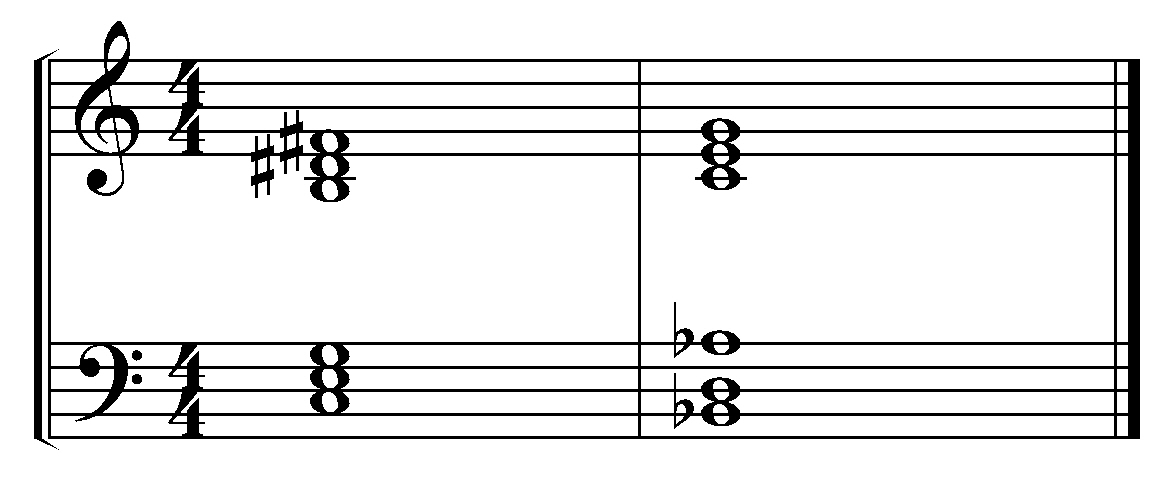This Excellent Desolation is an instrumental suite for Wind Symphony inspired by the works of American artist Edward Hopper. Hopper’s works often featured empty landscapes or solitary figures which have often been interpreted as capturing moments of loneliness and alienation. However, they also exhibit a stark beauty that John Updike once described as “calm, silent, stoic, luminous, classic.”
Room in Brooklyn
1932; Oil on canvas; Museum of Fine Arts, Boston
Room in Brooklyn was the first Hopper painting I really fell in love with after seeing it at the MFA Boston where it resides. Something about the combination of the subject, the acrid greens and maroons, and the streaming light made it seem both melancholy, yet cheery. Carol Troyer notes the following:
“The apartment…is unexceptionally middle class. The figure…is quietly unstylish: her bobbed hair, fashionable in the early 1920s, was out of date by the early 1930s, when voguish women wore their hair marcelled. Her dress is too long to be a la mode, as 1930s dayware featured calf-length, tailored styles.
“The furnishings are old without being antique. The rocking chair and three-legged table are turn-of-the century, mass-produce, modestly price pieces of furniture made for the middle class.”
Musically, this piece is a bit of an experiment in the use of upper-structure triads. The introduction alternates between two hybrid chords: a B triad over a C triad (effectively a C Major 7th chord with a raised 9th & 11th) resolving to a C triad over a Bb 7th (effectively a Bb dominant 13th chord with a raised 11th).

The upper structure triad format (9, #11, 13) reappears when the first melodic statement is is re-harmonized using a C13(#11) chord:


 Follow
Follow
Hi Mark,
Peter Baron told me that I could find the Boomer’s compositions on your website, but I can’t seem to locate them. Can you help, please?
Thank you,
Gretchen
saltymist@yahoo.com
207-210-0202
They can be found at http://www.marksensinger.com/boomers.htm
Gee whiz, and I thgouht this would be hard to find out.
The 2nd and the 9th are the same note, so ainddg the 2nd to your chord is the same as ainddg the 9th. However, a C9 chord also requires the addition of the 7th (in this case the flat 7th, Bb) which we don’t include when playing a C2. Similarly, a Cmaj9 chord requires the major 7th to be included, B.
Hi Cafouniette, there isn’t a single lsseon that deals with making your songs more full. The principles are spread over many lsseons from Lessons 6 onwards with a lot of good examples at the end of Lessons 9 and 10. I hope I’ve answered your question correctly because I had to use Google’s translator tool understand french!